Winter Testing the Hyundai Genesis H-TRAC

With the introduction of the second-generation Genesis, Hyundai brought all-wheel drive (AWD) to its large luxury sedan.
Dubbed H-TRAC, this acronym simply means Hyundai Traction. Developed in conjunction with Magna Powertrain, Hyundai designed the mechanics for the H-TRAC system while Magna created the software to control the various bits. In all, H-TRAC adds 134 lbs. to the car’s overall weight compared to an equivalent the rear-wheel drive model.
Fast Facts:
-H-TRAC can send 90% of power to the front wheels, 100% to the rear wheels.
-Power distribution is adjusted depending on drive mode and surface traction.
-H-TRAC is available only with the V6 in the US.
Like most modern all-wheel drive powertrains, Hyundai says its system does more than just split power front to rear at a constant, predetermined ratio. The company spent a lot of time testing in hot and cold weather using BMW’s xDrive system as an unofficial bench mark. Similar to xDrive, H-TRAC is a fully variable system that changes its behavior depending on drive mode selection and how much traction is currently available.
Sophisticated System
H-TRAC has an impressive torque distribution spread. With the vehicle set in normal, snow or eco modes, H-TRAC defaults to a 40:60 front to rear torque distribution. Power will become a slightly more rear-bias 30:70 either during a corner or while climbing a hill.
SEE ALSO: Hyundai Genesis Named 2015 AutoGuide.com Car of the Year
On a rougher road, H-TRAC locks into an equal 50:50 ratio to help smooth out the ride. If the Genesis starts to lose traction on snow or ice, upwards of 90 percent of the torque can be sent to the front wheels. And, when cruising on the highway, the Genesis H-TRAC becomes a 100 percent rear-wheel drive vehicle to improve fuel economy by one percent.
And For a Sportier Drive
For those who want a little more performance, there is the Genesis’ sport mode. It alters the default power split to 20:80 front to rear that lowers to 10:90 during aggressive cornering. Working in conjunction with Hyundai’s Active Cornering Control (ACC), handling is further enhanced as the car will brake the inside rear wheel while accelerating out of an apex.
This past summer we were able to take a 2015 Hyundai Genesis AWD sedan with the 3.8-liter V6 and eight-speed automatic transmission out for a few laps around the Pueblo Motorsports race track. Even with a mere 311 HP and 293 lb-ft., the 4,295-lb. car was surprisingly quick around this tight course. Even if there is no actual active torque distribution left to right, the rear bias all-wheel drive power split and ACC wheel-braking make it surprisingly nimble.
Extreme Winter Testing
But it’s in messy weather where an all-wheel drive system should really shine. To show us just how well H-TRAC works, Hyundai brought us to Northern Quebec in Canada to put the 2015 Genesis V6 AWD to the test. Being a region full of snow, ice and cold weather, this appeared to be the perfect test location. And then an epic blizzard hit during test day.
SEE ALSO: 2015 Hyundai Genesis V6 AWD Review
The lack of tire grip was most noticeable during our highway driving portions. Following in a long line of traffic stuck behind a group of snowplows, there was a lot of accordion-effect braking where one car would tap the brakes and every vehicle behind it would subsequently also hit the brakes. A few times when we did this on the steep declines, the tail of the Genesis would twitch a bit on the hard packed snow. It was nothing the stability control couldn’t quickly rectify and the few times we came to a complete stop on a steep uphill grade, the H-TRAC laughed off the slippery conditions and accelerated away.
Parking Lot Shenanigans
Later in the day we participated in two tests arranged in parking lots to test the H-TRAC’s abilities. Ice, snow and dirt were to all be part of the test, but the intense weather covered everything.
SEE ALSO: 2014 Cadillac CTS vs 2015 Hyundai Genesis
Drifts in the snow and ice are possible with this 4,300-lb. brute, but the ability for the car to straighten itself out is incredible. Even with all stability control off, H-TRAC adjusts the power bias and straightens itself out. It isn’t the quietest system though. During quick cornering on slippery surfaces, sometimes there is a very noticeable audible clunk as dramatic shifts in power distribution occur.
The Verdict
Hyundai wants the Genesis to be taken seriously as a luxury sedan and having a sophisticated all-wheel drive system is essential for that to happen. After thoroughly thrashing H-TRAC in both dry summer conditions as well as slippery winter whiteouts, it’s clear that Hyundai’s new all-wheel drive system is wholly capable of delivering performance expected in high-end luxury sedans.
Discuss this story at our Genesis G80 Forums
LOVE IT
- -Grip levels in all conditions
- -Ability to straighten out car when sideways
- -Rear-bias power spilt in sport mode
LEAVE IT
- -Audible clunk when power distribution changes at times
- -Not available with V8 engine in US

A 20+ year industry veteran, Mike rejoins the AutoGuide team as the Managing Editor. He started his career at a young age working at dealerships, car rentals, and used car advertisers. He then found his true passion, automotive writing. After contributing to multiple websites for several years, he spent the next six years working at the head office of an automotive OEM, before returning back to the field he loves. He is a member of the Automobile Journalists Association of Canada (AJAC), and Midwest Automotive Media Association (MAMA). He's the recipient of a feature writing of the year award and multiple video of the year awards.
More by Mike Schlee



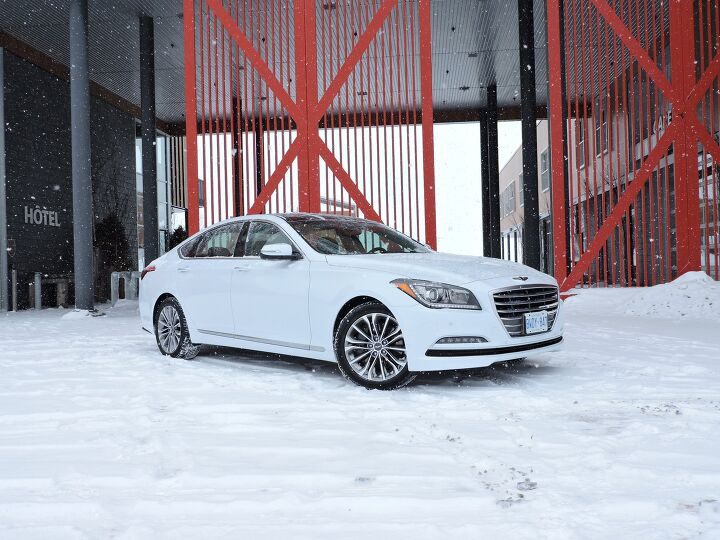
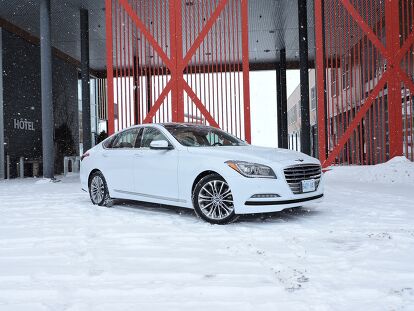








































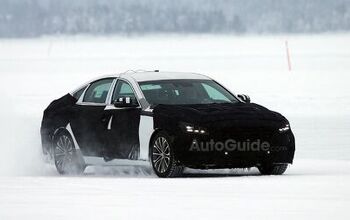





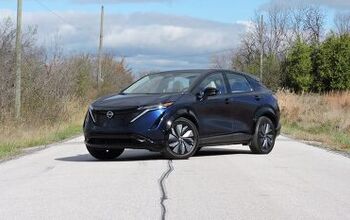



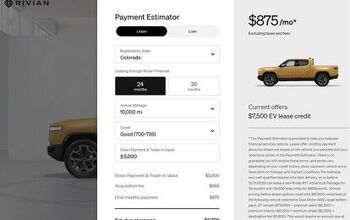
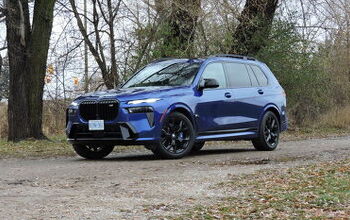



Comments
Join the conversation
Aaah! Parle-moi de a un char test dans la neige! Au Qubec, on a souvent l'impression que les voitures ont t conues par des gens qui n'ont jamais vu le froid ailleurs que dans leur conglateur. Thanks for test driving cars in real winter conditions. In Qubec, we often feel like cars are built my people who never saw cold outside their freezers.
Mike: Thank you for the good review. How would you compare the effectiveness of Hyundai's h-trac AWD system with Subaru's symmetrical AWD?